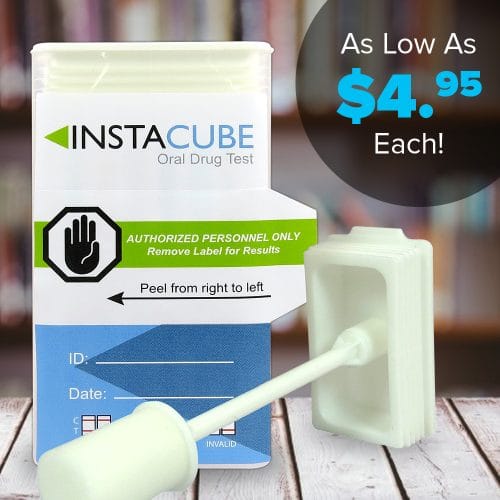In today’s fast-paced work environment, ensuring a drug-free workplace is more critical than ever. Modern organizations have a variety of drug testing methods at their disposal, with oral drug tests and urine cup drug tests being among the most commonly used. Each method has its own set of advantages and disadvantages, making them suitable for different applications. This blog will explore the key differences between these two drug testing methods, their respective pros and cons, and provide practical examples of when each test is best utilized.
Understanding Oral Drug Tests
Oral drug tests, also known as saliva tests, involve collecting a saliva sample from the individual’s mouth. This method has gained popularity in recent years due to its ease of administration and quick results.
Pros of Oral Drug Tests
- Non-Invasive and Easy to Administer: Oral drug tests are less invasive than urine tests, as they do not require the individual to go to a restroom. A simple swab of the mouth is sufficient to collect a sample.
- Quick Results: Results from oral drug tests are typically available within minutes, making them ideal for situations where immediate results are needed.
- Difficult to Tamper With: Since the sample is collected in the presence of the tester, it is much harder for the individual to tamper with the results compared to urine tests.
- Detection of Recent Drug Use: Oral drug tests are excellent at detecting recent drug use, typically within the past 24-48 hours. This makes them particularly useful for post-accident or reasonable suspicion testing.
Cons of Oral Drug Tests
- Short Detection Window: While good for detecting recent drug use, oral drug tests have a shorter detection window compared to urine tests. They may not detect drugs used several days prior.
- Limited Detection Capabilities: Some drugs may not be as easily detected in saliva as they are in urine, potentially leading to false negatives.
- Environmental Influences: Factors such as food, drink, and mouthwash can potentially affect the accuracy of the test results.
Understanding Urine Cup Drug Tests
Urine cup drug tests have been the standard in drug testing for many years. This method involves collecting a urine sample and analyzing it for the presence of drugs.
Pros of Urine Cup Drug Tests
- Longer Detection Window: Urine tests can detect drug use over a more extended period, typically up to several days or weeks, depending on the substance.
- Comprehensive Testing: Urine tests can screen for a wider range of drugs and provide more detailed information about drug use.
- Established Methodology: This method is widely recognized and accepted in various industries, making it a reliable choice for many organizations.
Cons of Urine Cup Drug Tests
- Invasive Collection Process: Collecting a urine sample can be invasive and uncomfortable for the individual, requiring privacy and potentially leading to awkward situations.
- Longer Result Time: While some urine tests provide rapid results, others may take several days to process, especially if sent to a lab for confirmation.
- Potential for Tampering: Individuals may attempt to tamper with their urine samples, such as using synthetic urine or diluting the sample to avoid detection.
When to Use Oral Drug Tests
Oral drug tests are particularly useful in situations where quick, on-the-spot results are necessary. For example:
- Post-Accident Testing: In the event of a workplace accident, an oral drug test can quickly determine if drugs were a contributing factor, helping organizations take immediate and appropriate action.
- Reasonable Suspicion Testing: If an employee is suspected of being under the influence of drugs, an oral test can provide rapid results to confirm or dispel the suspicion.
- Pre-Employment Screening: For roles where immediate hiring decisions are required, oral drug tests can streamline the process by providing fast results.
When to Use Urine Cup Drug Tests
Urine cup drug tests are ideal for situations where a comprehensive and long-term view of drug use is needed. Examples include:
- Random Testing Programs: For ongoing drug-free workplace programs, urine tests provide a more thorough detection of drug use over time.
- Return-to-Duty Testing: Employees returning to work after a suspension or rehabilitation program can be tested using urine tests to ensure they are drug-free.
- Annual or Routine Physicals: Many organizations incorporate urine drug tests into their routine health check-ups to monitor employee wellness and compliance with drug-free policies.
Conclusion
Both oral and urine cup drug tests have their unique advantages and are suited to different situations within modern organizations. Oral drug tests offer a quick, non-invasive, and tamper-resistant option for detecting recent drug use, making them ideal for post-accident, reasonable suspicion, and pre-employment screening. On the other hand, urine cup drug tests provide a longer detection window and more comprehensive results, making them suitable for random testing programs, return-to-duty testing, and routine physicals.
By understanding the strengths and limitations of each method, organizations can make informed decisions about which drug testing method best fits their needs, ensuring a safe and productive work environment.



